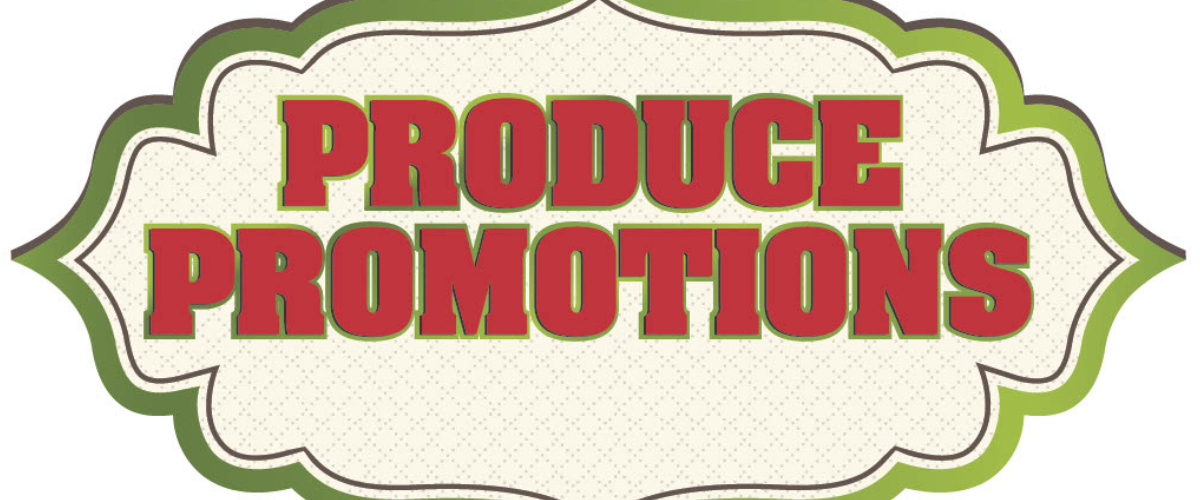| Quantity | Price |
| 1-9 | $11.00 |
| 10-29 | $10.00 |
| 30-99 | $9.50 |
| 100-199 | $9.00 |
| 200 + | $8.25 |
Delicious and Unique! Razz ripens mid-season just slightly later than Bluecrop with medium to large berries with undertones of raspberry flavor. Razz represents a distinct and novel flavor in highbush blueberry and may represent a niche market alternative to raspberries for pick-your-own (PYO) growers and home gardeners. The plant is vigorous and robust with upright growth. Razz is recommended only for fresh consumption due to its lack of firmness. (Zone 4-7)



